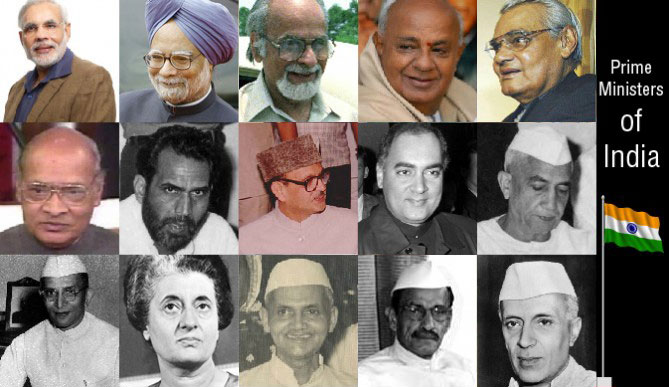The spiritual development of the Indian subcontinent attracted many of the foreign powers towards India. Although, it also has a great contribution to making the scientific heritage of the world more developed. Read here about Ancient India’s contribution to science and technology.
The development of different colors, the evolution of different perfumes, etc proved that ancient people of India developed these skills. Different techniques of cloth-making, the invention of Trigonometry, etc. these are remarkably the true examples of ancient Indian science and technology.
Although, India has a great contribution towards modern science and technology, in this article we will only talk about the contributions of ancient India.
India gave the world some of the most precious heritages. It includes techniques of Alchemy, metal – casting, martial arts, zero in algebra, and much more. it will be impossible to describe in a single article here. This article is an attempt to create curiosity among young minds to know ancient science and technology.
Although, it clearly indicates that India is a great heritage of scientific ideologies. Let us read them in some of the subtopics described here.
Mathematics
India was the center of different ideologies of mathematics and its branches. Remarkably, from 1000 BC to 100 AD, uncountable inventions and the development of mathematics made it the ‘hallmark period of mathematics’.
The techniques of trigonometry and the development of zero are such great inventions in mathematics. Perhaps, we can’t even imagine mathematics without these inventions.
The city planning of the Indus valley civilization also is a good proof to explain India’s geometric knowledge.

The first book in world history on mathematics ” Sulvashutra” was written by the Great Bodhayan. Sulvashutra explained some of the great concepts of mathematics, including the formula for the square root of 2.
Some most famous mathematicians of ancient India are Aryabhatta, Brahmagupta, and Bhaskaracharya.
Aryabhatta was one of the greatest mathematicians and astronomers of Indian history. Although his theories also helped in developing navigation and astronomy.
Brahmagupta mainly worked on the development of negative numbers.
ISRO launched Bhaskar – 1 in 1979 .It was dedicated to Indian mathematician Bhaskar-1.
Medicine
The Indian subcontinent had some very developed medicine techniques. The development of Yoga is a great example how Indians were aware about health.
In the Vedic period, we also get the description of a great doctor Ashwani Kumar. Dhanwantari is considered the god of medicine.
Atharva Veda is the first kind of book which have any remark about the different disease and their treatment. The two most important books regarding medicine are
Charak Samhita
Charak Sahimta primarily explains the Ayurvedic sciences. It is divided into 8 parts. The Charak Sahimta describes the three characters of the human body.
These characters are Watt, Pitt, and Cough. It says that the human body is completely based on these ingredients of the human body.
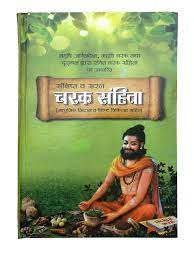
Although, Charak mainly focused on precautions rather than the treatment of disease.
Sushruta Samhita
Sushruta Sahimta is one of the earliest written books on surgery and maternity. It basically explains the behavioral treatment. Sushruta was a great physician. He did a descriptive analysis of the human body.

Sushruta was an expert in plastic surgery and ophthalmology. Opthalmology is the study of eye.
Sushruta did great work for the removal of cataracts from the eye . Also, he was successful in it. He was one of the best surgeon of ancient India.
Chemistry
India is mainly famous for its development in metal casting. Indian people were experts in the extraction of ores and changing them into precious shapes.
The best example of Indian metal casting is the iron pillar of Mahrauli, Delhi. Also, it is one of the best examples of Indian expertise in the field of metallurgy.You can see the architecture of temples to see more examples of ancient metallurgy.
Although, it was made thousands of years ago. However, it has not a single remark of rusting.
Nagarjuna was one of the most famous metallurgists of ancient India. He is most famous for his skill to change metal into gold.

Also, Arabic metallurgy seems to be similar to India.Indian metallurgy was rich with skilled artists and more productive techniques.
The ancient book ” Rasratnakar “. It mainly explained the liquid matter. It precisely explained the characteristics of mercury.
The main credit for the discovery of gunpowder and cannon goes to the Mughals. As in the Mughal’s period, it developed at a larger scale.
Physics
India is also a land of great philosophers like Kanad. All of the credit to ancient physics and the discovery of the atom first goes to Kanad.
He speculated about the existence of a small and indivisible unit of particle. Which he called as “Anu”.
The heterogeneity of nature’s by the five-element theory of ancient Indian physics seems more relevant.
These five elements are “Panchbhootas”. These five elements include solid, water, gas, fire, and space.
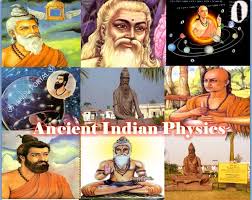
Vedas explained quantum physics in Vaisheshika Atomic theory. It was explained in 600 BCE.
The contribution of Varahamihira is also incredible in Indian history. He was the contemporary of the Gupta Period. He was one of the nine gemstones of the court of Vikramaditya.
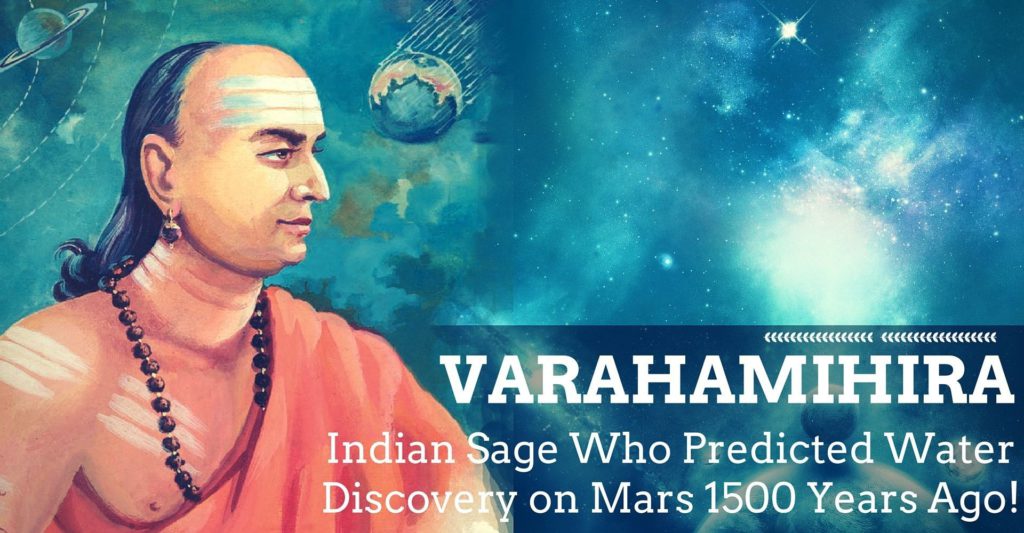
Shipbuilding and Shipping
In ancient times, India was a center of shipbuilding and shipping. Ancient Sanskrit and Pali literature gave its proper remarks.
Ancient Sanskrit text “Mukti Kalptaru” described the different techniques used in shipbuilding. This text describes in detail the structure of ships and their types.
The shipbuilders of ancient India had proper skills and knowledge of shipbuilding.
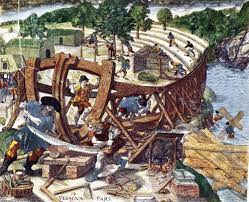
The ancient Sanskrit text classified these ships into two categories.
- Simple Ships
- Special ships
The simple Ships had two categories.
- Big Ships- long and narrow
- Advanced Ships- larger, higher than others.
According to the length of rooms and position. They were also classified into three categories.
Sarvamandir – This was mainly for royal visits or for the transport of horses. The ship had many rooms from one end to another.
Madhyamandir- Mainly, it had the middle portion of the ship which had many rooms. It was for mainly enjoyment.
Agramandir- This was mainly useful for wars.
So this was a brief introduction to ancient’s India’s contribution to science. So, after reading this article now you have much more knowledge about ancient Indian science and technology.
Share with your friends



